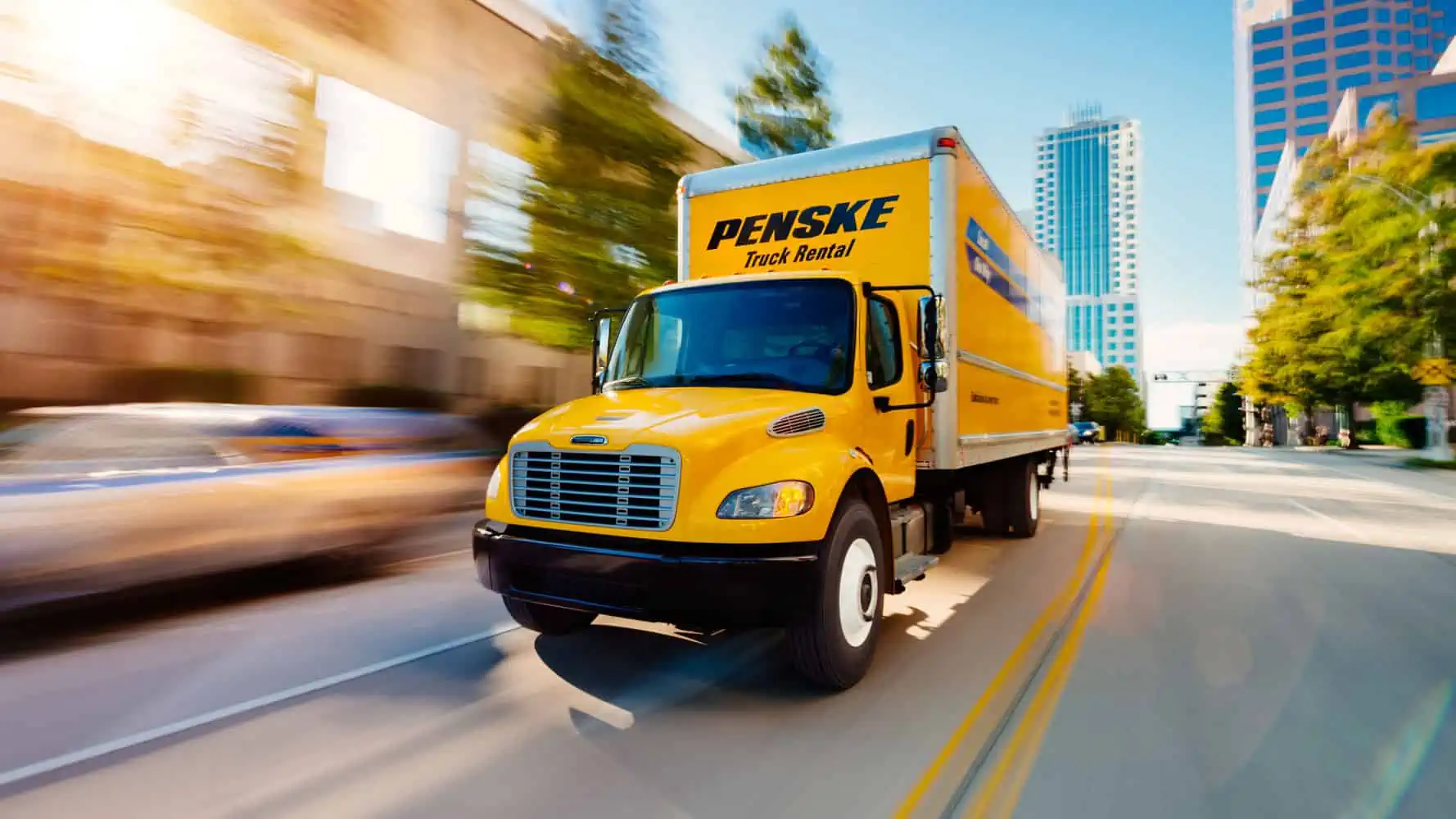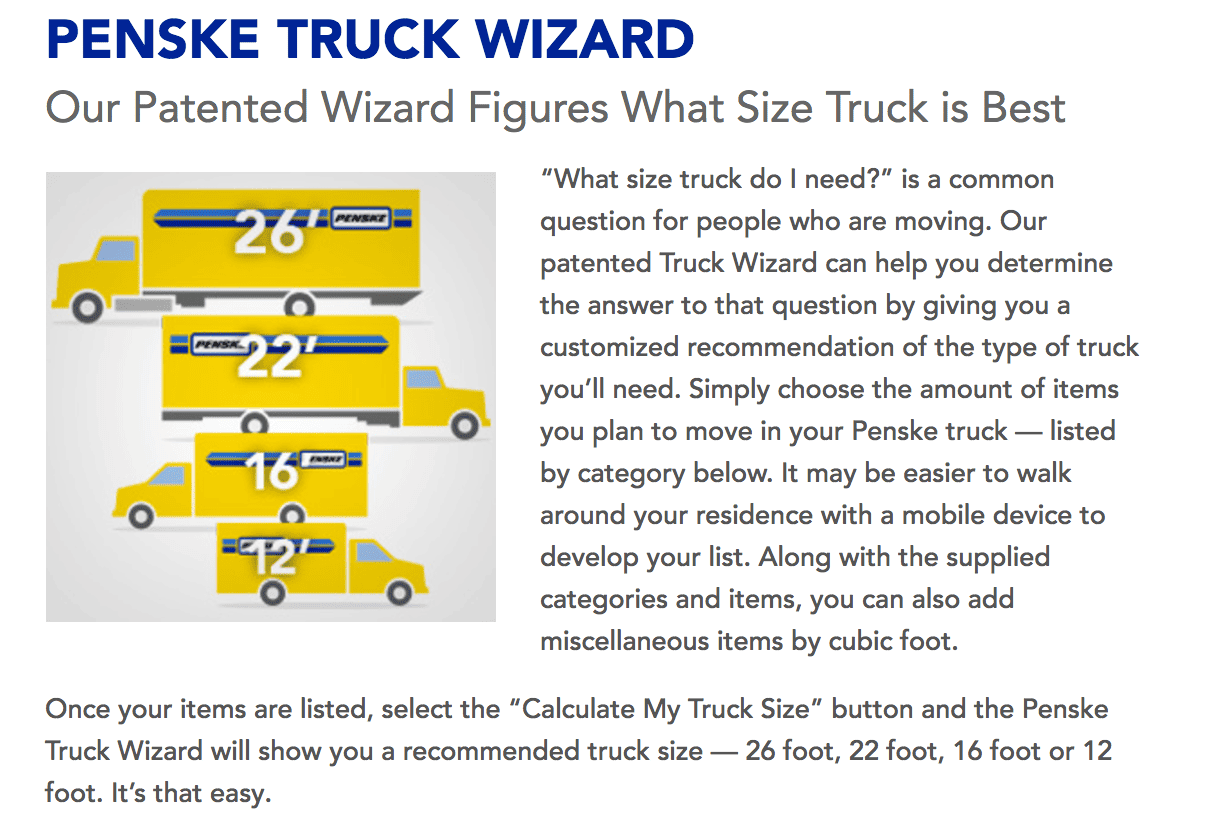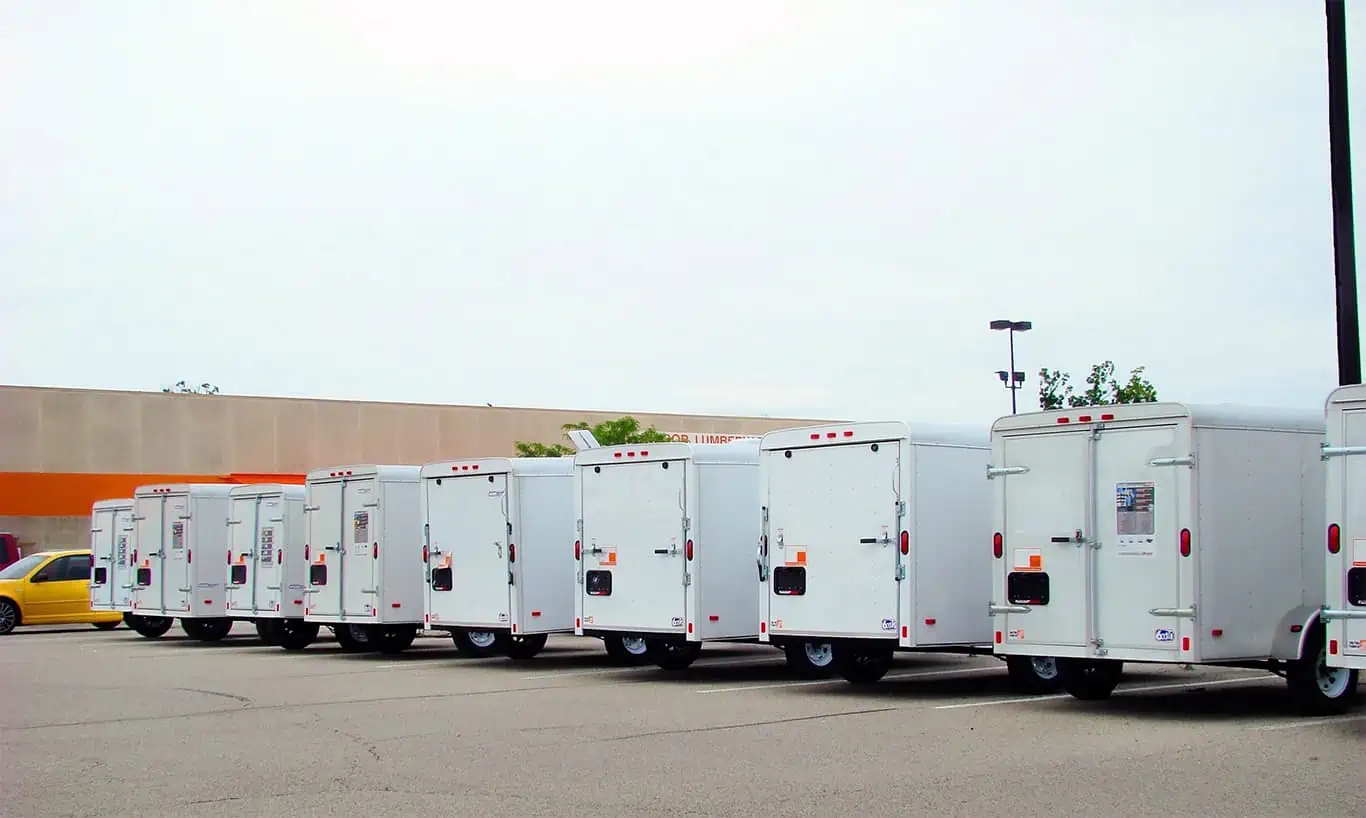Autonomous Vehicle (AV) technology is no longer just “the future”. Today, bringing self-driving vehicles from car shows to the streets is a full-on race for competing companies in the US and abroad.
Earlier this year, we reported about Otto, the self-driving vehicle maker that moved from the warehouse to the highway with their breakthrough autonomous truck. It delivered 50,000 cans of Budweiser from Fort Collins, Colorado down to Colorado Springs with nobody driving it.
Some would argue that the cargo should have been something more significant or important, but (a) for some, there is nothing more important than beer, while (b) for others, in the event something should go wrong, losing a truckload of beer is a lot less significant than losing a truckload of someone’s belongings. Or million-dollar medical machines. Or even really good craft beer.
Regardless of the cargo, now that it’s been proven doable, the race is on! But before we get to how this impacts trucks, there is a significant and important history to detail about the AV industry.
And yes, there’s a legislative sideshow going on that will decide who gets to be on the starting line.
Safety First
Of the estimated 40,000 traffic fatalities in the US last year (yes, that’s four zeros!), roughly 94 percent of the crashes involved human error.
Simply put, we the people are doing a horrendous job behind the wheel. Replacing us error-prone humans with machines that don’t make mistakes, the reasoning goes, will put a huge dent in the number of traffic accidents that occur in the US each year. And the sooner, the better.
7 Embarrassing Lessons I Learned While Moving People
Lessons I, Kevin The Mover, learned during my earliest days on the job through the mistakes of others (and my own).
US Transportation Secretary Elaine Chao, in introducing the NHTSA’s revised guidelines for autonomous vehicle development, said self-driving cars could also help the blind and disabled – perhaps acknowledging that the technology would not only increase the level of safety for such drivers but would also give them a higher level of independence.
That’s something that is hard if not impossible to measure.
Interestingly, Chao doesn’t see the value in limiting development and testing to established automobile manufacturers—in other words, he thinks the companies with a known capacity for designing for commercial gain shouldn’t do it all. From the Scribd self-driving guideline book:
States should not place unnecessary burdens on competition and innovation by limiting ADS testing or deployment to motor vehicle manufacturers only…No data suggests that experience in vehicle manufacturing is an indicator of the ability to safely test or deploy vehicle technology [emphasis mine]. All entities that meet Federal and State law prerequisites for testing or deployment should have the ability to operate in the State.
That last bit – “entities that meet Federal and State law prerequisites” – may hope to keep this race from turning into a free-for-all. But again, these are just guidelines. Strong suggestions, maybe. But not laws by any definition. That, we can expect, is already beginning.
The Feds Take the Wheel
Last September, the U.S. House of Representatives made a bold move by unanimously voting to put the development of self-driving cars in the hands of federal regulators, not the states.
On the surface, this may seem like just another instance of federal bureaucracy getting in the way, but by cutting off the states’ authority to prohibit autonomous vehicles, the feds are actually hoping to speed up the process of making autonomous drive technology part of the everyday.
In other words, instead of 50 roadblocks, there’s only one.
As Reuters reports, “The House measure, the first significant federal legislation aimed at speeding self-driving cars to market, would allow automakers to obtain exemptions to deploy up to 25,000 vehicles without meeting existing auto safety standards in the first year.”
Wait a minute! Without meeting existing safety standards?!
The States Have a Say
That does sound rather concerning. But as US News & World Report explains that point, the proposal put forth by the House would
…give the federal government the authority to exempt automakers from safety standards that don’t apply to autonomous technology [emphasis mine]. If a company can prove it can make a safe vehicle with no steering wheel, for example, the federal government could approve that. But generally speaking, manufacturers seeking these particular safety exemptions must demonstrate that their self-driving cars are at least as safe as existing vehicles.
A car is a car is a car, as far as the government is concerned. As it concerns self-driving cars, however, Reuters adds, “The House bill would require automakers to add a driver alert to check rear seating in an effort to prevent children from being left behind.” (This may or not be bolstered with a device to stop anyone who would forget their child is in the car from ever driving again.)
Furthermore, this bill does not put states entirely in the back seat when it comes to motor vehicle regulation. Registration, licensing, liability, insurance and safety inspections would all still be set by the individual states.
Yep, only performance standards would have to pass through federal review.
States will still have some authority to regulate the eventual use of autonomous vehicles, like requiring a human to be present on any self-driving vehicle. But states are “encouraged not to pass laws that would throw barriers in front of testing and use.”
Disagreement Among Administrations
As US News tells us,
Under the Obama administration automakers were asked to follow a 15-point safety assessment before putting test vehicles on the road. The new guidelines reduce that to a 12-point voluntary assessment, asking automakers to consider things like cybersecurity, crash protection, how the vehicle interacts with occupants and the backup plans if the vehicle encounters a problem. They no longer ask automakers to think about ethics or privacy issues or share information beyond crash data, as the previous guidelines did.
That the present administration is not interested in the ethics of the industry is an issue that we will steer clear of.
We will instead add the sentiments of Mitch Bainwol, head of the Alliance of Automobile Manufacturers, who says the guidelines, which are policy, not law, provide a “streamlined, flexible system to accommodate the development and deployment of new technologies.”
This stands in contrast to critics who suggest these guidelines don’t go far enough to ensure the safety of vehicles being put out on the road. David Friedman, director of car and product policy analysts for Consumer Union, warns that the National Highway Traffic Safety Administration (NHTSA) “needs to be empowered to protect consumers against new hazards that may emerge, and to ensure automated systems work as they’re supposed to without placing consumers at risk.”
Clearly, the autonomous vehicle industry is at the crossroads of safety and economics.
Business: Anything But Usual
The race to get AV technology to the market is more than just selling cars alone. As FTI Communications puts it,
The automotive revenue pool could reach $1.5 trillion by 2030…this in part because AVs will likely have an impact that extends far beyond the automotive industry, into sectors such as insurance, tech, logistics, cybersecurity, delivery services, public sector infrastructure and tourism, to name a few.
In other words, this has the potential to change economics as we know it. But since the NHTSA has established nothing more than non-binding, non-legal guidelines for the industry, there remains a significant degree of confusion about how to proceed at both state and private levels.
Add to this the current administration’s apparent appetite for growth in traditional manufacturing jobs, including manually driven cars, and we have a recipe for sluggish progress in what could be the greatest advancement in transportation since the invention of the combustion engine, maybe even the wheel.
As far as our industry is concerned, the question remains…
Autonomous Trucks: Now or Later?

Speaking in general terms, Michigan Senator Gary Peters states that “the House bill will facilitate the safe development and adoption of self-driving cars, reduce existing regulatory barriers and establish new regulatory framework.”
He does, however, refer to conversations he has had involving the prospects of self-driving trucks raise a very different set of issues from self-driving cars.
Get the Monthly Movers Newsletter
As we are told, “The Michigan senator…did find some opposition to the idea of pushing freight legislation off to a later date to instead focus more intently on autonomous passenger vehicles.”
One of those opposed was American Trucking Association CEO Chris Spear. Besides issues like cybersecurity, infrastructure and vehicle-to-vehicle communication, Spear makes the valid point that since autonomous passenger cars will eventually be sharing the road with freight trucks anyway, these and other issues should be answered for commercial and passenger vehicles at the same time.
“Our industry cannot be subject to a patchwork of conflicting state rules,” US News quotes Spear as he advocates for the federal government to pursue some sort of overarching freight standards that wouldn’t vary state to state.
Compliance with multiple state regimes would be very disruptive to the economy, to these companies, and I think it would be a jobs issue over time if we’re not able to move freight in a productive way, in a safe way and, obviously, in a profitable way.
But Spear does concede that while autonomous cars will likely be hitting the road very soon, autonomous tractor trailer technology is still “decades away” and “not in the foreseeable future.”
To this, Spear said he’s not worried about truckers losing their jobs to technology anytime soon. “We have a 50,000-driver shortage as it stands,” he reminds us. Navistar President and CEO agrees, joking that freight companies “already have driverless trucks, but that’s because they have trouble recruiting and retaining drivers.”
The Space Race of Our Industry, In a Nutshell
There’s a wealth of automotive technology coming out, a lot of it from right here in the United States. But a failure to put the proverbial pedal to the metal could result in missed opportunities for the US to stake its claim at the forefront of the industry.
It could also delay the implementation of autonomous technologies that ultimately could make American roadways safer.
“Whether it’s data-sharing, testing protocols, engagement of all of the right stakeholders – these are all issues that we need to begin to discuss,” says Deborah Hersman, CEO of the National Safety Council and former chairman of the National Transportation Safety Board.
If the trucking sector is left on the side of the road while these discussions progress, it will be even longer before our industry begins to see the safety, as well as the economic benefits, of autonomous vehicle technology.
And because of all that, it may be a long time before you or any other company waves goodbye to your cargo being driven away by a moving truck.





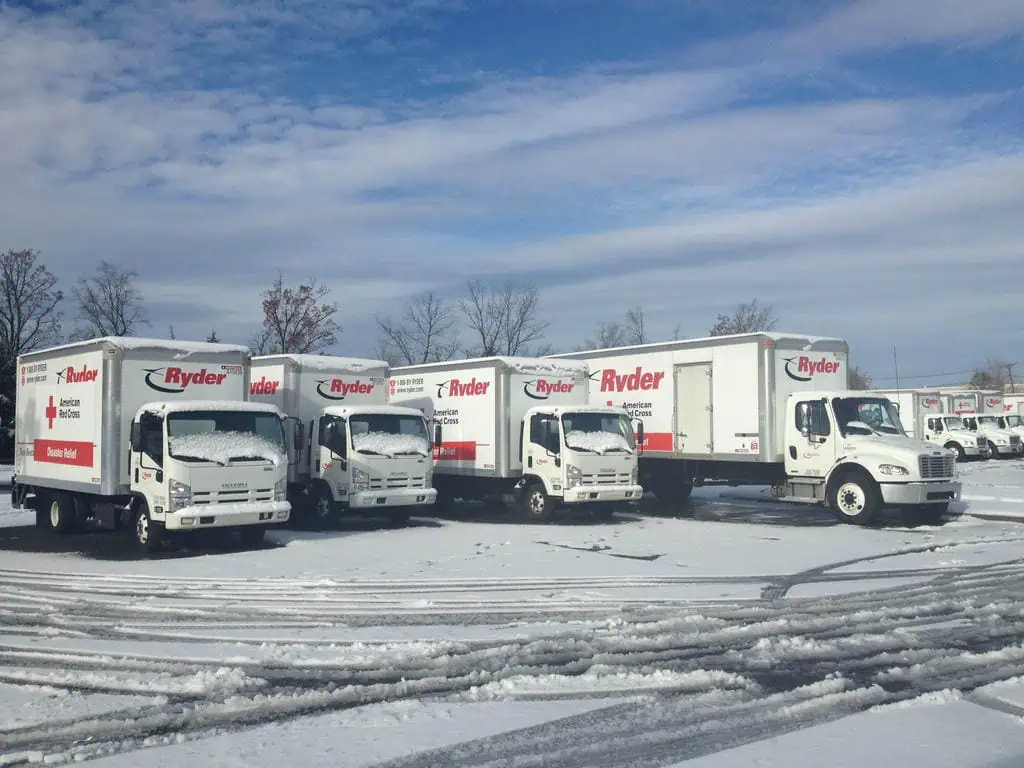 In 1978, upset by how his new company president operated the business, James Ryder quit his own multi-million-dollar baby and dove into a new transportation venture called Jartran. This would be the first in a series of failed business endeavors, and Ryder would eventually find himself back where he started: broke.
In 1978, upset by how his new company president operated the business, James Ryder quit his own multi-million-dollar baby and dove into a new transportation venture called Jartran. This would be the first in a series of failed business endeavors, and Ryder would eventually find himself back where he started: broke.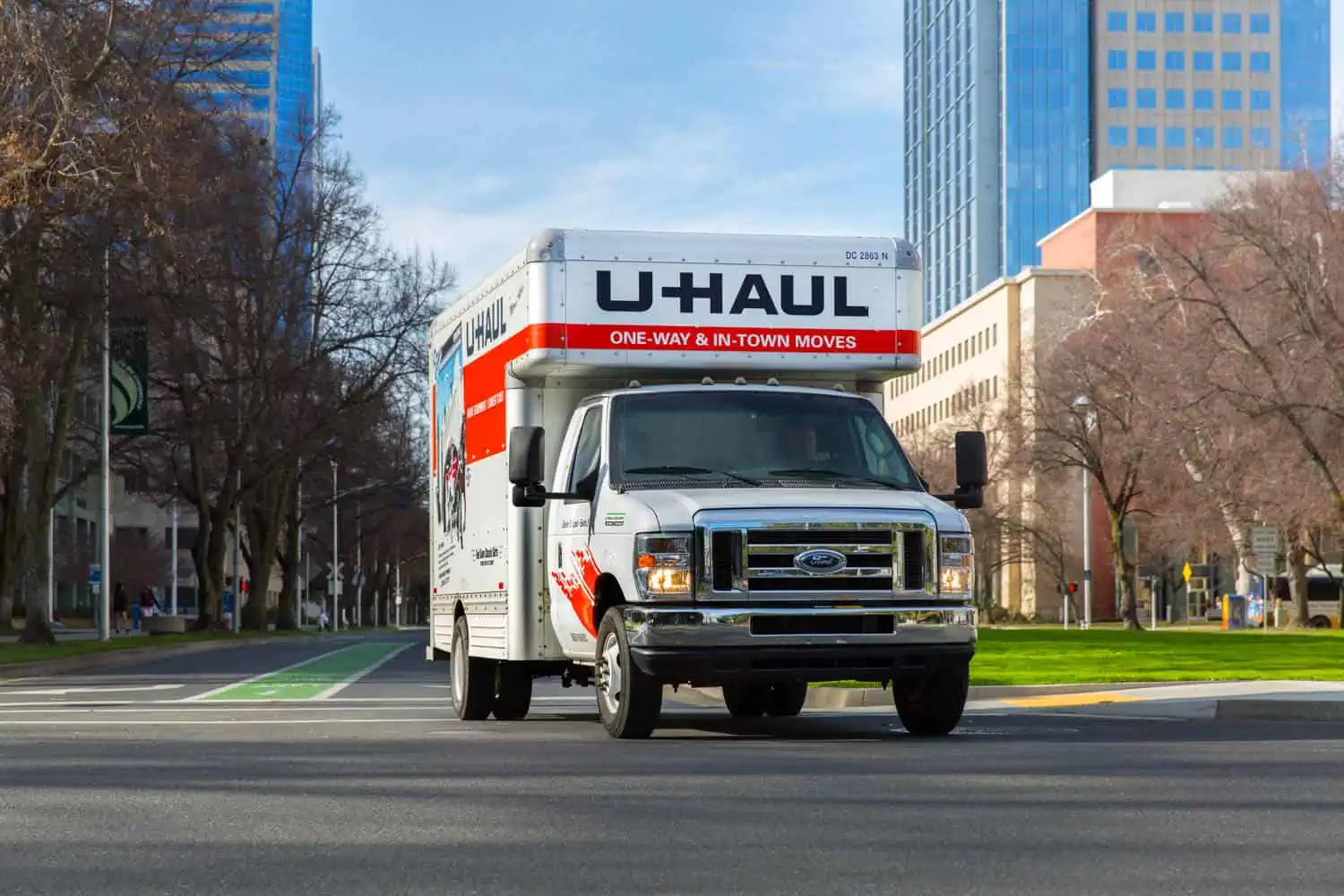
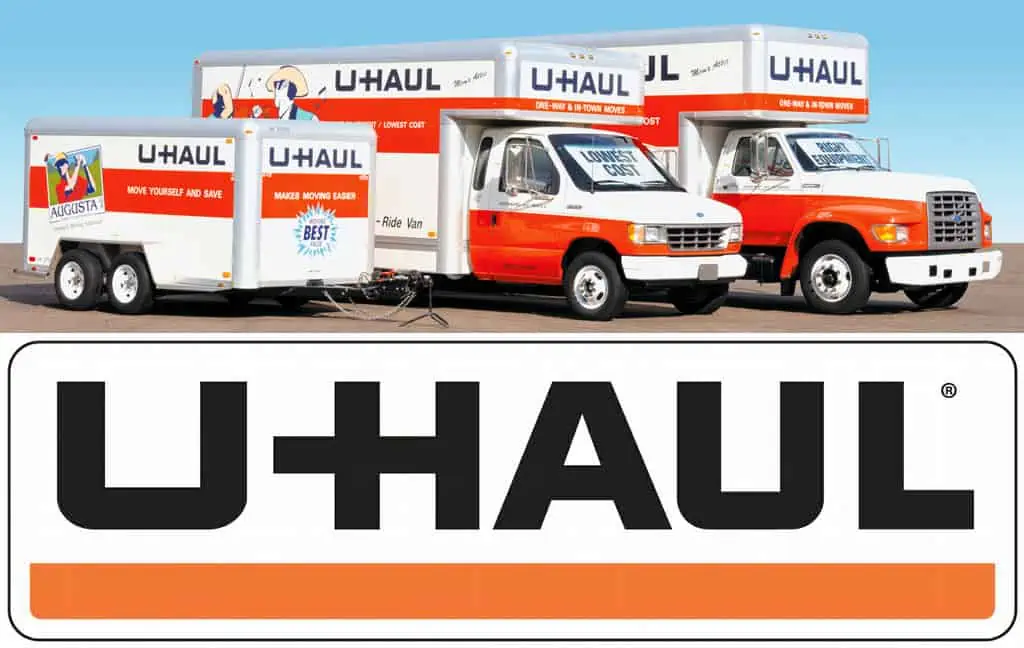 You might guess that Shoen switched to orange to make his trailers more noticeable. And you would be correct. But this was not a marketing or advertising ploy. Early on, Shoen was turning through an intersection when he was hit by an oncoming vehicle. The driver claimed he couldn’t see the black trailer because it was… well, black. Whether this was true or not, Shoen decided to paint his trailers orange and white – similar to highway barricades – to make them more visible for safety’s sake. The added marketing benefit was likely just coincidental.
You might guess that Shoen switched to orange to make his trailers more noticeable. And you would be correct. But this was not a marketing or advertising ploy. Early on, Shoen was turning through an intersection when he was hit by an oncoming vehicle. The driver claimed he couldn’t see the black trailer because it was… well, black. Whether this was true or not, Shoen decided to paint his trailers orange and white – similar to highway barricades – to make them more visible for safety’s sake. The added marketing benefit was likely just coincidental.